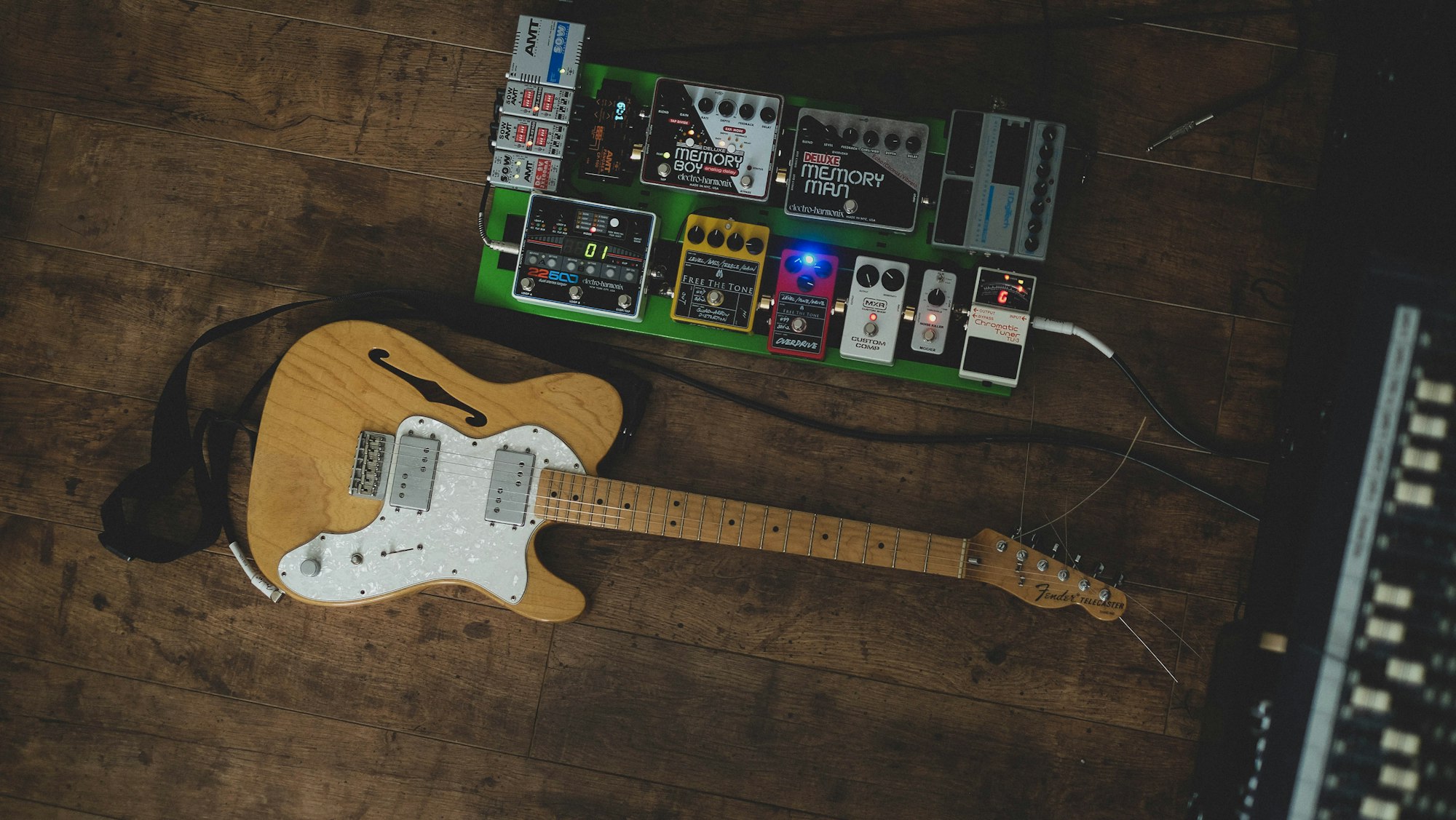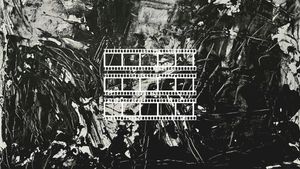If you’re a musician trying to add a unique flair to your music with audio manipulation, you might have come across the term ‘flanging’.
This handy technique produces a sweepy, whooshing effect and adds a bit of flair to your music.
But what exactly is a flanger, and how does it work? Don’t worry, because we have the answers to all your questions right here!
In this handy guide, we’ll take you through all you need to know about flanging, from what it is to how it works.
So let’s get started, shall we?
What Is A Flanger?
Okay, first things first – let’s take a look at what a flanger actually is.
Flangers are a type of audio manipulation technique used to produce a sweeping effect when applied to music.
‘Flanging’ refers to an audio effect produced by playing two identical notes or tracks simultaneously, with one of the signals delayed slightly.
The resulting sound has a wavy, ‘whooshing’ effect, with the audio sweeping in one direction in peaks and notches.
While the technique of flanging was discovered by guitarist Les Paul, the name itself is generally attributed to The Beatles members John Lennon and George Martin.
Flanging has been used in music since as far back as 1952, with the first major hit to use the technique being 1959’s The Big Hurt by Toni Fisher.
Since then, flanging has become a staple technique included in practically every recording studio out there.
Originally, flanging wasn’t done with a single piece of equipment; instead, a sound engineer would record two identical tracks, then record them simultaneously onto a third recorder.
One of the tracks would be slowed down manually by pressing the physical deck lightly.
Modern audio equipment can do this automatically, either using a device (like a guitar flanger pedal) or digitally after recording.
What Does A Flanger Do?
Flangers are used to produce a sweepy, whooshing sound from a piece of audio.
This could be a single note or an entire bar of music.
By delaying the second track, you can create a slightly distorted ‘drainpipe’ effect, where the layers separate and the second layer sweeps across the frequency spectrum in peaks and troughs.
Physical flanging methods like original flanging and guitar flangers create dual playback channels, then delay one of the channels by a slightly fluctuating amount.
These signals are then merged and fed onto a third track.
The slight fluctuations in the delay are what give flanging its iconic sweeping sound.
As the second track speeds up and slows down, the audio signal forms peaks and troughs along the audio frequency spectrum.
This produces a sweeping comb filter effect, with the sound whooshing up and down.
Flangers can also be used to produce some interesting alternate sounds.
Infinite flanging, for example, sweeps the audio signal in one direction only instead of up and down.
This creates an infinitely rising effect similar to a Shepard Tone, with multiple delay lines flowing in and out of each other.
Digital flanging (eg. a flanging function in music editing software) works along the same principles but takes away the physical aspect of manually slowing one of the tracks.
Here, everything is done automatically, from splitting the signal into dual channels to adding the delay.
This makes it far simpler and faster to produce the effect, and can be added after recording; however, it doesn’t have the same organic feel as physically flanging the audio.
How Do They Work?
So now that we’ve covered the basics of what flanging is, let’s take a closer look at how it works!
As we’ve already mentioned, flanging involves recording two identical sound channels and delaying one to create a sweeping effect – however, there’s a little more to it than that.
Here’s a quick breakdown.
When flanging first came into popularity in the 1950s, sound engineers didn’t have the same technology or knowledge as they do today.
As a result, techniques and effects we take for granted today had to be discovered through a sound tech’s curiosity; one of these techniques was flanging.
A flanger works by receiving an audio input, then splitting and recording the incoming signal into identical dual channels.
These recordings are then played back, with one of the tracks delayed manually.
This is done by pressing down on the physical supply reel itself, which slows down the deck and – as a result – the audio.
Varying the pressure put on the reel creates fluctuations that sweep the audio up and down the frequency.
The dual playback is then fed into a third recording channel simultaneously, which it records it as one track.
In some flangers, part of this outgoing audio is then looped back into the input of the flanger.
This doubles up on the sweeping effect, creating more dramatic peaks and troughs and producing an even more distinct effect.
Flanging software works in a similar way.
An audio track is split into two separate channels, and one of them is then automatically given a fluctuating delay.
These are then layered back on top of each other into one track, which can then be edited as normal.
Flanger Vs Phaser: What’s The Difference?
You might be looking at all this information and thinking “Wait – isn’t this just phasing?”.
Well, the answer is both yes, and no.
Phasing, or phase-shifting, is a similar effect and process to flanging, creating a sweeping effect in audio by delaying one track.
In phasing, however, this whooshing delay is produced by passing audio through several all-pass filters before looping it back on itself.
The filters have a non-linear phase response, which (in very basic terms) creates fluctuating peaks and dips along the audio frequency spectrum.
This means that, while phasing is very similar to flanging, the two techniques are distinct in both sound and the methods of producing them.
Final Thoughts
Flanging is a handy technique that creates some fascinating sounds.
The great swooshing effect it produces makes it a fantastic addition to any music studio, whether it’s a physical flanger or a flanging software.
Using flanging in your music is a great way to give it a bit of flair; so now that you know a bit more about what flanging is and how it works, you can start experimenting with this technique for yourself!








Member discussion